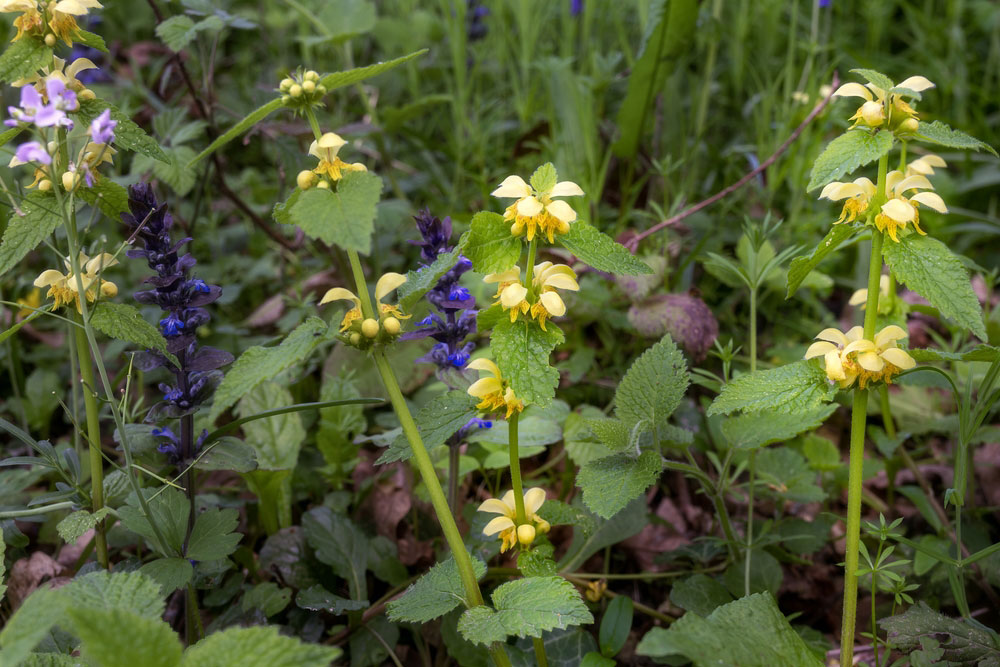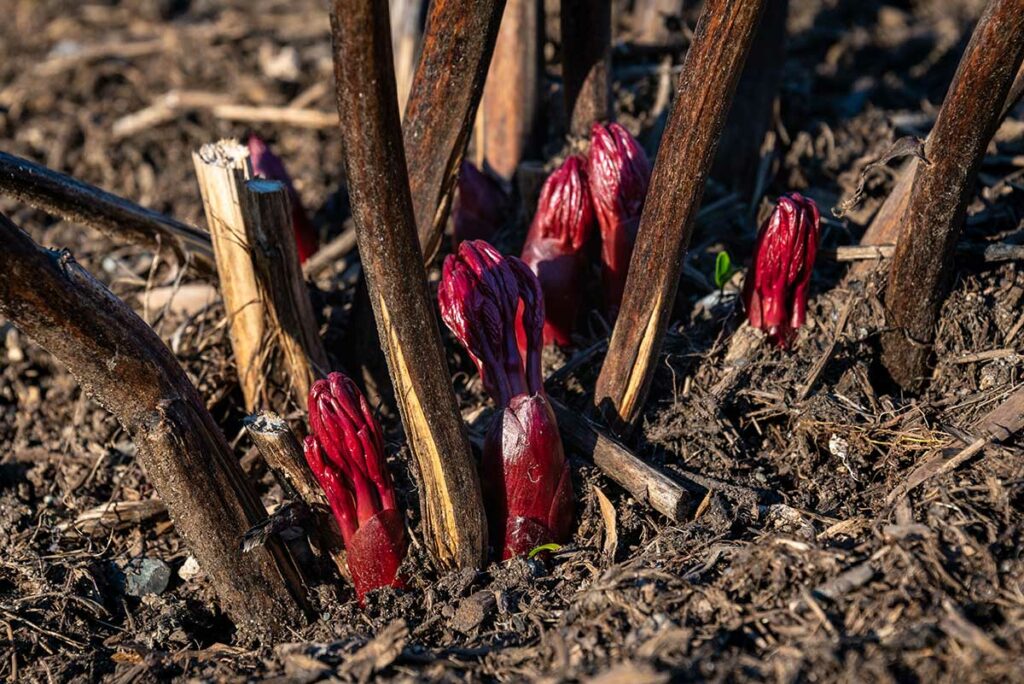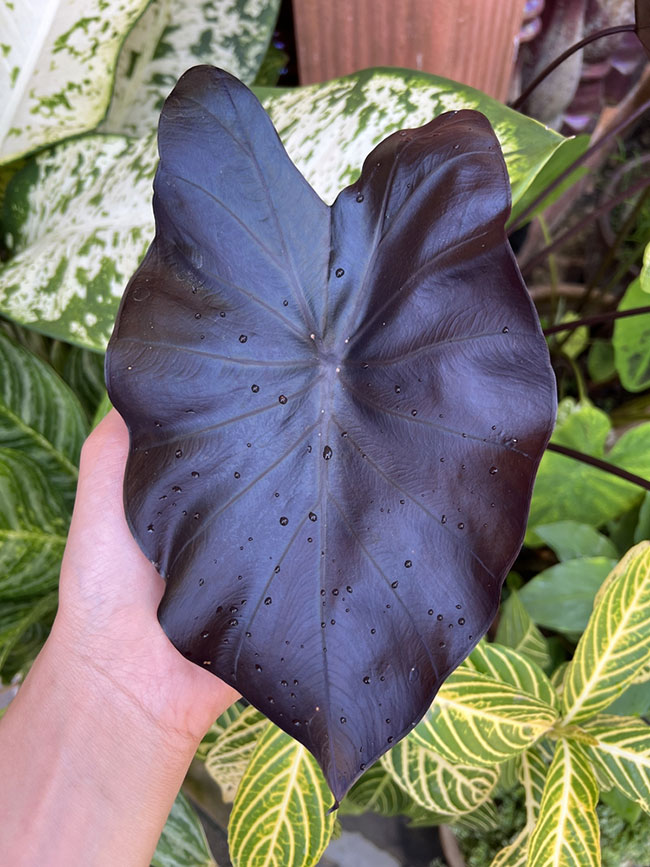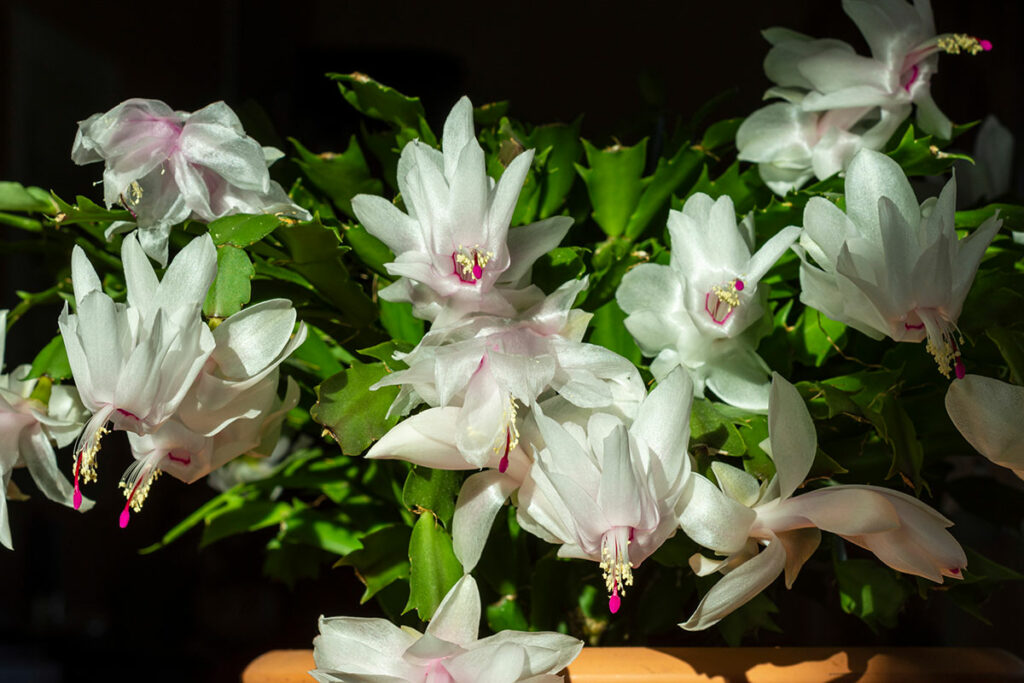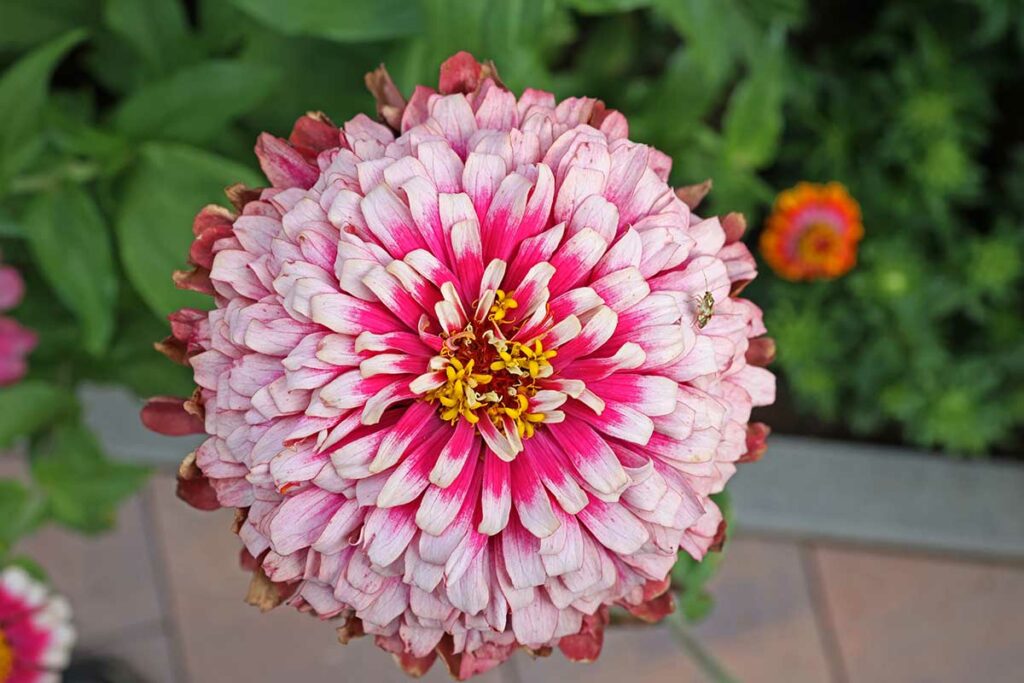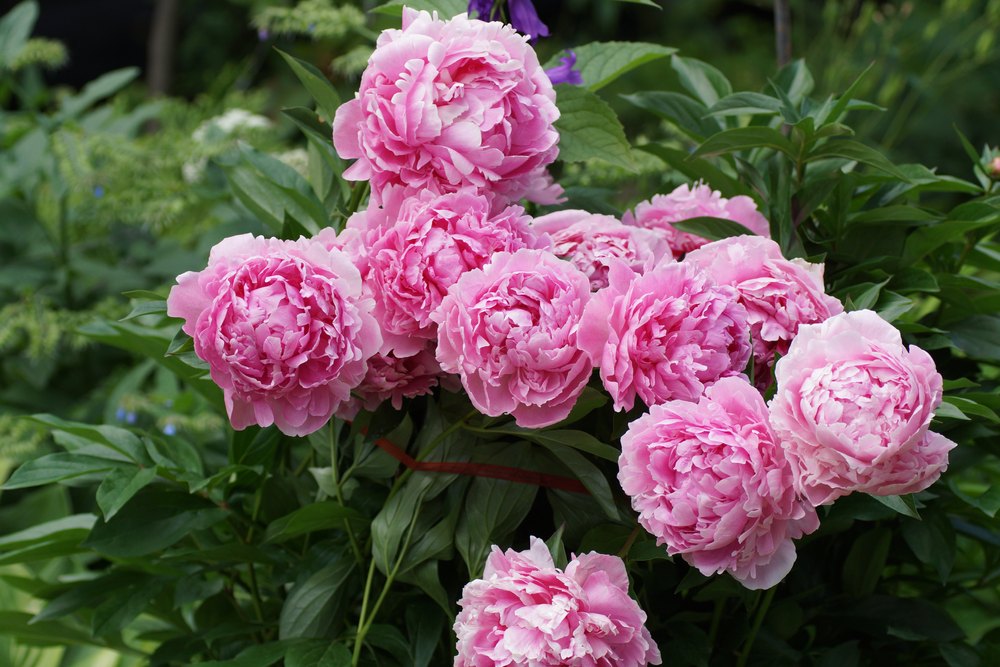
Peonies are a popular perennial plant known for their striking blooms and rich fragrance. Many gardeners covet these stunning flowers for their ability to add a touch of elegance to any garden.
As with any plant, proper care is necessary to maintain their beauty, and one crucial aspect of this care is knowing when to divide peonies.
Dividing peonies is essential because it prevents overcrowding and keeps the plants healthy.
Over time, peonies can become congested, which reduces their bloom quality and can lead to diseases.
Gardeners are often curious about the right time to split these plants as it’s essential to avoid damaging them in the process.
The best time to divide peonies is in the fall, usually between late September to early October.
This is when the plants are dormant, and you can minimize the risk of disrupting their growth.
Dividing peonies during this period gives them a chance to establish new roots before the cold winter months settle in, ensuring a robust display of blossoms come springtime.
Understanding Peonies
Peonies are a popular and elegant perennial flower that thrive in various climates. They’re known for their stunning blooms and pleasing fragrance. These plants have deep roots in many cultural heritages, with over 30 species found in Asia, Europe, and Western North America. In order to keep your peonies looking their best and promote optimal growth, it’s important to understand the best time to divide them.
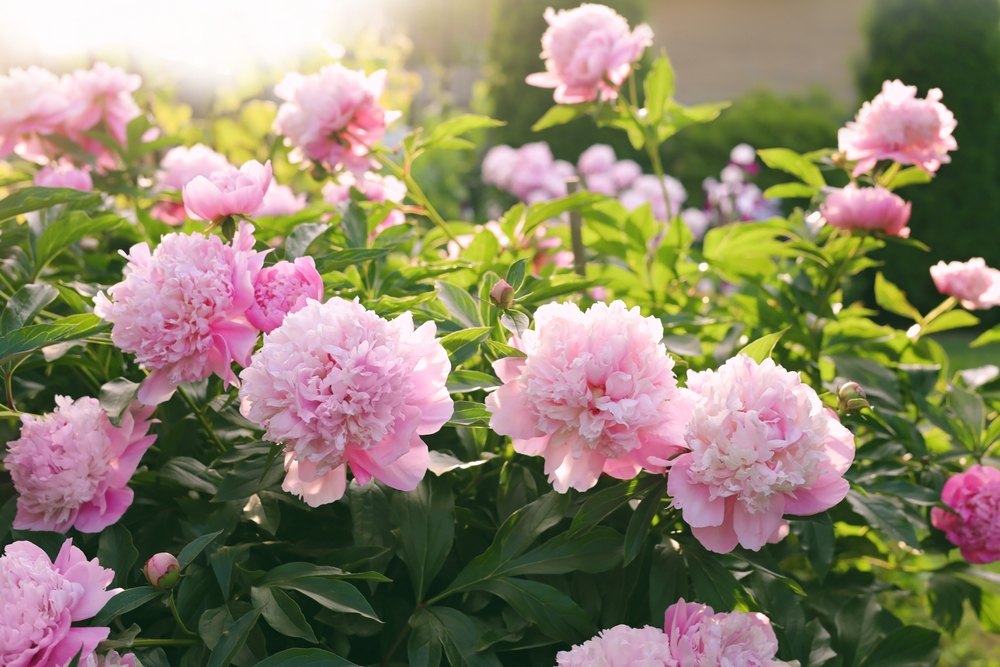
Dividing peonies can be a beneficial practice for several reasons. It allows plants to better access soil nutrients, prevents overcrowding, and bolsters their overall health. However, timing is critical when it comes to this process.
The optimal time to divide peonies is during their dormancy period. This period typically occurs in late summer or early fall – specifically, from late August to September. At this time, the plants have completed their blooming and have begun preparing for the winter season.
An easy way to identify this stage is to look for signs of slowed growth and yellowing leaves. By dividing peonies during dormancy, you can minimize the risk of damaging their roots and ensure they recover quickly in the upcoming growing season. Also, make sure to water your peonies consistently in the weeks leading up to division, as it will provide a good foundation for their growth following the process.
Remember to be gentle during the division process and use clean, sharp tools to minimize the risk of infection. When replanting, select a location with well-draining soil and ample sunlight. With proper care and attention to timing, your peonies will continue to thrive and grace your garden with beautiful blooms for years to come.
Ideal Time To Divide Peonies
Dividing peonies is an important step in ensuring the health and beauty of your plants. In this section, we’ll discuss the best time to divide and how to recognize signs of growth.
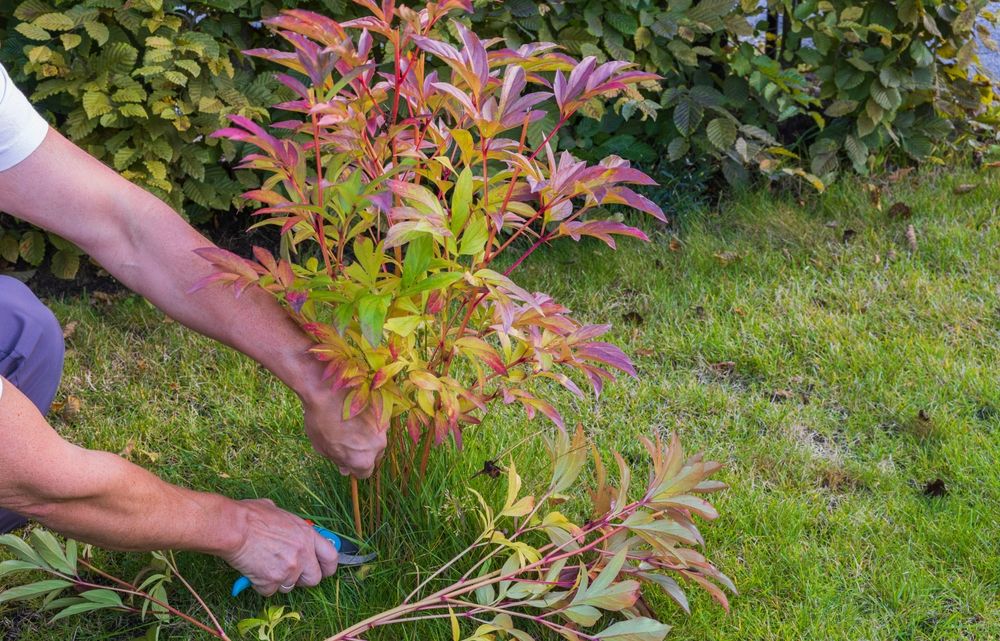
When To Do It
The ideal time to divide peonies is during the early fall, usually in late September to early October. This timing is crucial, as it allows the plant to focus on establishing its root system before the colder months set in. Dividing peonies in early fall will promote better root development and give them a head start for the next growing season.
Alternately, you can also divide peonies in early spring, just before new growth appears. However, doing so may result in fewer blooms during the upcoming season.
Signs Of Growth
Before you start dividing your peonies, it’s essential to know the signs that indicate your plants are ready for division. Here are a few indicators to look out for:
- Plant size: When your peony plant has reached a diameter of approximately 3 feet or more, it’s likely time for a division.
- Decreased blooming: When you notice that the number of blooms has reduced or the blooms have become smaller than before, it’s a sign that the plant has grown too large for its available space and could benefit from division.
- Crowded stems: When stems grow very close to one another, it indicates overcrowding, which can hinder the plant’s overall health and growth.
Now that you know the ideal time to divide peonies and the signs to look out for, you can confidently maintain the health and vitality of your beautiful plants.
How To Successfully Divide Peonies
Choosing The Right Peony
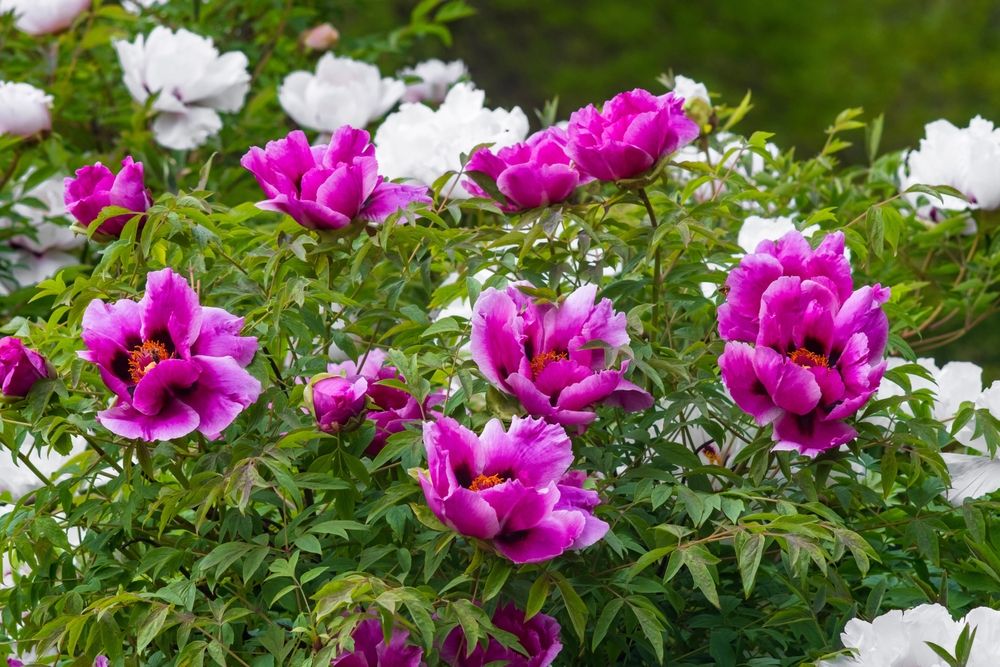
When dividing peonies, it’s crucial to choose the right variety to ensure success. Herbaceous peonies are the easiest to divide, while tree peonies and intersectional peonies require more care and attention. Look for a healthy plant that’s at least three years old and has a minimum of three to five eyes per division, which will help increase the chances of success.
Preparing The Plant
Proper preparation of the peony plant is essential for successful division. Here are the steps to follow:
- Choose the right time: The best time to divide peonies is in the fall, preferably around September to October, when the plant is dormant.
- Trim the foliage: Before you begin, cut back the foliage to about 6 inches above the ground. This will make it easier to handle the plant and prevent damage during division.
- Dig carefully: Gently dig around the plant, taking care not to damage the roots. Loosen the soil and carefully lift the clump out of the ground.
Dividing The Plant
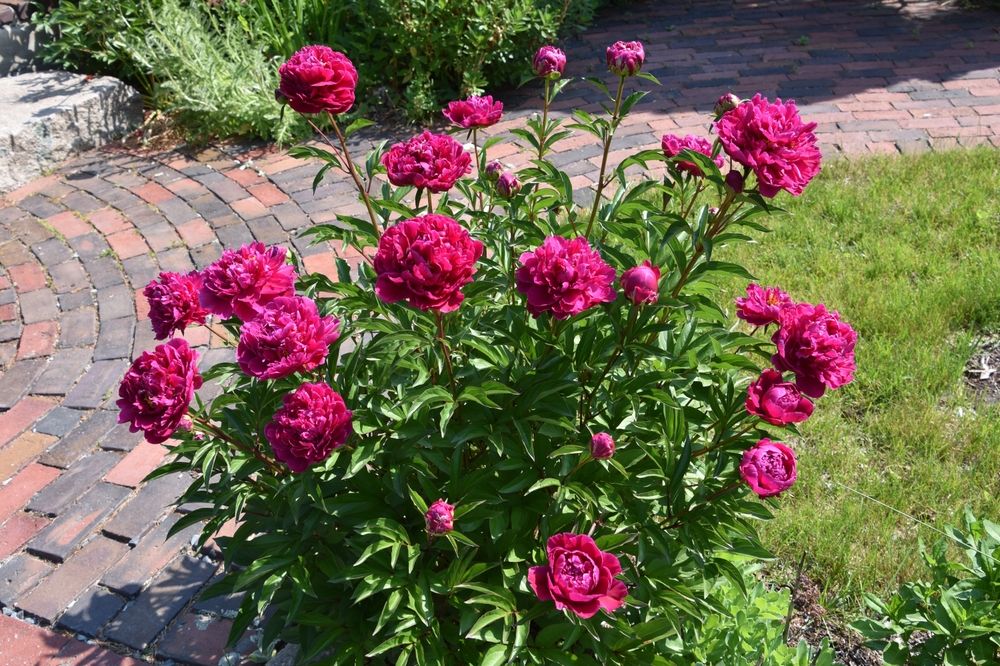
Once you’ve prepared the peony, it’s time to divide the plant. Follow these steps for success:
- Clean the roots: Gently wash off any soil clinging to the roots using a hose. This will make it easier to see the eyes and division points.
- Separate the divisions: Look for natural divisions within the root system. Use a sharp, clean knife to make the cuts, ensuring there are at least three to five eyes on each division.
- Plant immediately: Plant the divisions as soon as possible, ideally within a day or two, to prevent the roots from drying out or becoming stressed.
- Spacing: Place the divisions in a new location with adequate space, about 3-4 feet apart. This will give the plants room to grow and prevent overcrowding.
- Depth: Plant the divisions with the eyes facing upwards and approximately 1-2 inches below the soil surface. This will encourage strong growth and prevent rot.
By following these guidelines, you should achieve successful division and enjoy beautiful peonies in your garden for years to come.
Caring For Divided Peonies
Planting The Divisions
When planting your divided peonies, choose a well-draining location with full sun or light shade. Space them about 3 to 4 feet apart to allow for good air circulation. The eyes, which are pink or red buds, should face upward and be no more than 2 inches below the soil surface.
Plant your peonies in the fall, ideally about 4-6 weeks before the first hard frost in your area. This will allow the roots to establish before winter sets in.
Watering And Fertilizing Needs
Peonies are generally low-maintenance plants and don’t require much watering, especially once they are established. However, during the first year after planting your divisions, make sure to water them deeply once a week. Watering should be done at the soil level rather than overhead to prevent fungal diseases.
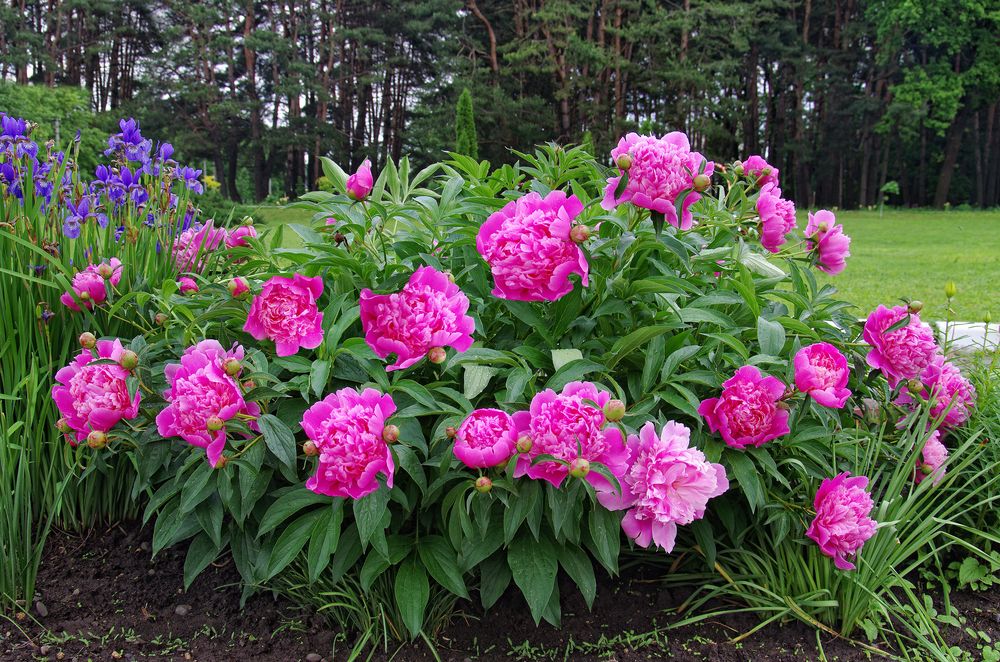
As for fertilizing, using a balanced slow-release fertilizer in spring when shoots are emerging is recommended. Avoid using high-nitrogen fertilizers, as this can lead to excessive foliage growth at the expense of blooms. A top dressing of compost can also be beneficial.
Winter Care
Once the foliage has turned yellow in the fall, cut the peonies back to about 3 inches above the soil level. This will help prevent diseases from overwintering on the dead leaves.
In colder regions, it’s a good idea to mulch around the base of the plant with straw or leaves to protect the roots from extreme temperatures. Be sure to remove the mulch in the spring as new growth emerges to prevent the development of rot.






